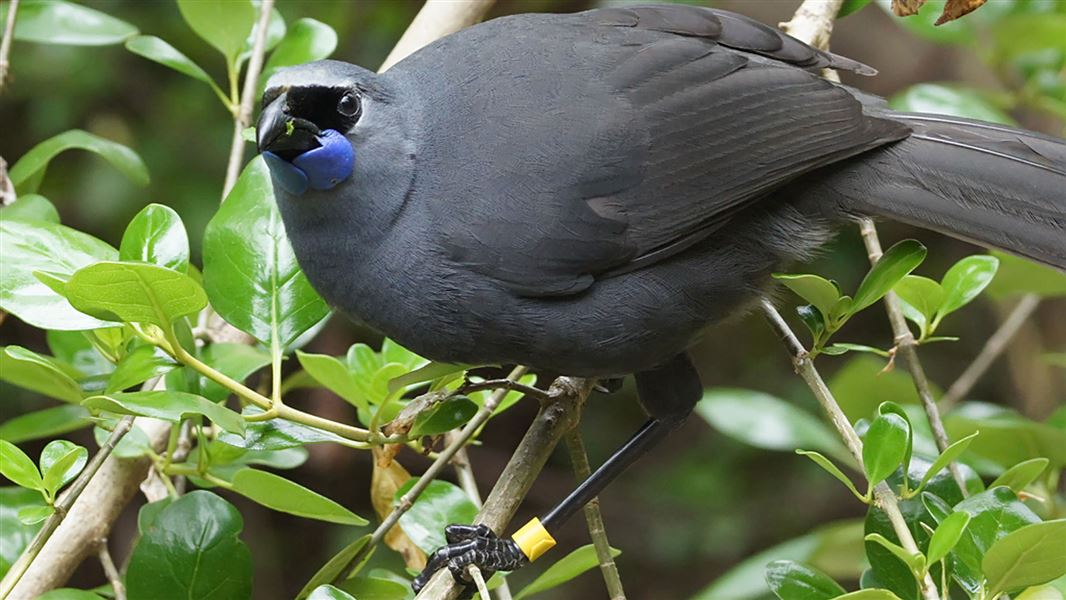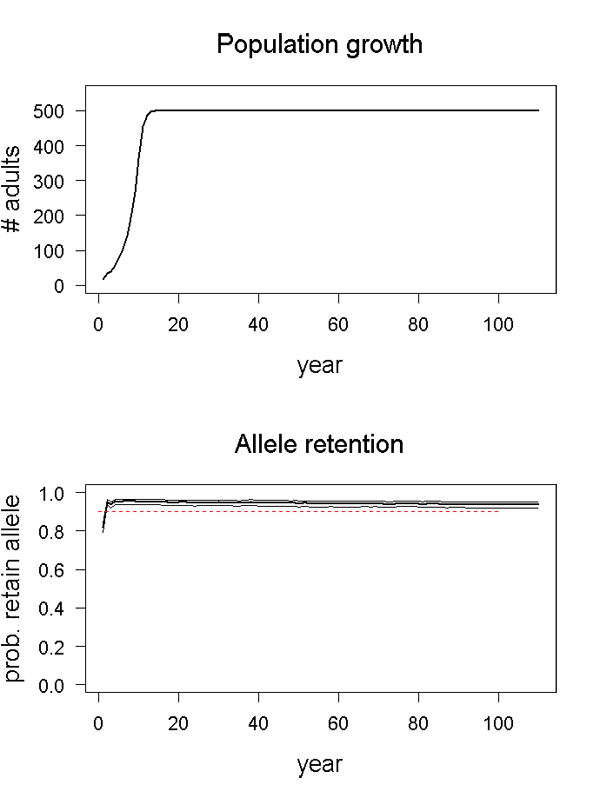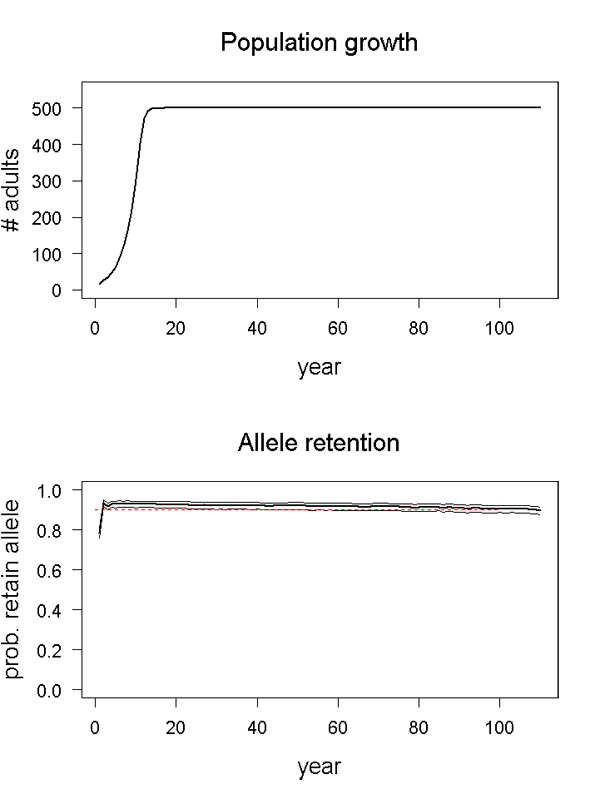First determine your habitat connectivity, habitat size and predator control levels of the translocation site; then view the predicted success of translocations for different scenarios.
Points to note if you are translocating this species
North Island kōkako prefer habitat that is mature, diverse and intact, such as healthy coastal and inland forests with a dense and shrubby understorey. The Kokako Recovery Group has developed a habitat assessment tool that must be applied to all potential release sites.
North Island kōkako source populations are in short supply. The Kokako Recovery Group is leading the recovery of the species on a national scale and holds a list of priorities for translocations that will ensure the fastest rate of recovery for the species.
Translocations to low-quality habitats typically have low productivity, and lower survival of adult females and juveniles. Population growth is slow at such sites and would be a low priority for the Kokako Recovery Group.
If you are planning to translocate North Island kōkako, you should be prepared to move sites or expand protected areas to encompass the territories of birds that disperse if this is practicable. This may be especially important during the establishment phase following initial translocation.
Factors of success for North Island kōkako
Founder number for maximising genetic diversity
40–60 – depending on survival and the rate of increase at the new site
Habitat connectivity
Low (isolated)
Dispersal is likely to be low where there is low connectivity. Kōkako are reluctant to cross open ground or water gaps > 200 m. There has been some initial success with translocations to large islands and mainland sites with low connectivity.
Medium
Some dispersal is likely where birds can cross open ground or water gaps of 100–200 m to reach other suitable habitats (partially isolated). Some individuals may cross gaps by running over open ground. However, flights/glides > 100 m between trees are rare.
High (adjoining)
Translocations to protected areas of quality habitat within otherwise contiguous tracts of forest have also had initial success, although dispersal into surrounding areas can occur immediately following translocation. Once a population has established, subsequent dispersal is likely to be limited but will be ongoing as the population expands.
Habitat size
Small (minimum area)
2000 ha – this criterion has been set by the Kokako Recovery Group to support a population of ≥ 500 birds and thus maximise recovery of the species nationally
Medium
> 3000 ha
Large
≥ 4000 ha
Minimum predator control
If you are translocating North Island kōkako, predators will need to be maintained at a low density at the release site at a minimum. However, overall survival and productivity will probably be higher at sites where predators are eradicated or maintained at zero density.
Predators maintained at low density
Rats and possums are the key predators of North Island kōkako, but mustelid control is also recommended during the breeding season. You should aim for 1% residual trap catches for possums and < 1% tracking tunnel indices for rats prior to each breeding season, i.e. September–November. You will also need to exclude or control exotic browsers such as goats and deer to maintain diverse, high-quality kōkako habitat.
Predators eradicated
This requires the total eradication of all target predators with the exception (in most cases) of mice, or the maintenance of zero density year-round.
Predicted success for scenarios
North Island kōkako: Scenario 1
Scenario: Low habitat connectivity, large habitat size, predators maintained at low density.
Data source: This projection used productivity and survival data from Weiser (2014), which included high population growth parameters.
Conditions: 20 birds were translocated in year one followed by a further 20 in year two; the carrying capacity of the site was 500 kōkako; there was no migration.
Outcome: A viable population will likely establish and 90% of genetic diversity will be maintained over ten generations.
North Island kōkako: Scenario 2
Scenario: High habitat connectivity, large habitat size, predators maintained at low density.
Data source: This projection used productivity and survival data from Weiser (2014), which included high population growth parameters but a reduced initial survival to 0.66 to account for dispersal.
Conditions: 25 birds were translocated in year one followed by a further 25 in year two; the carrying capacity of the site was 500 kōkako; there was no migration.
Outcome: A viable population will likely establish and 90% of genetic diversity will be maintained over ten generations.


